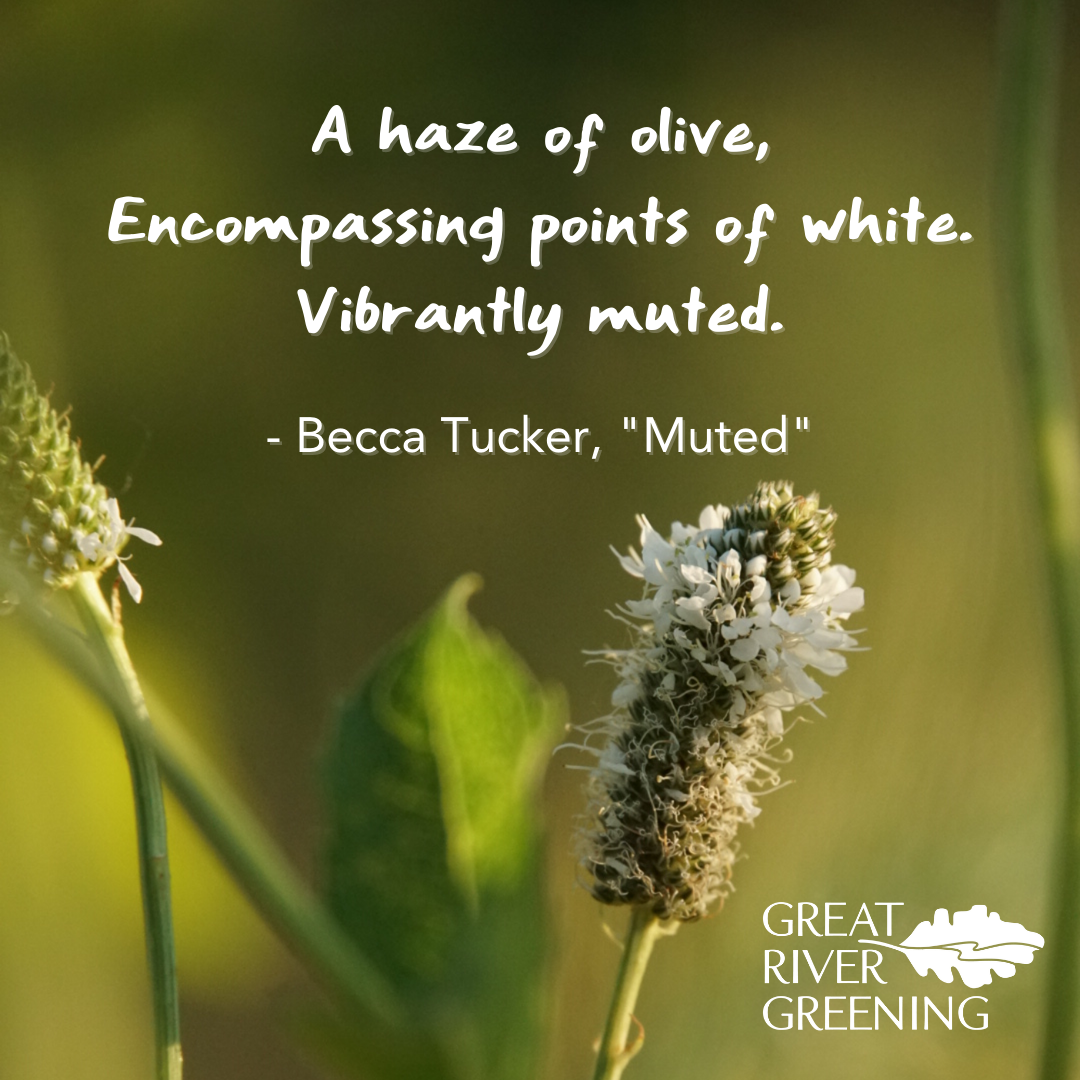
I wrote my first haiku in the back of a notebook during a rainy afternoon. I was trying to describe the way the light hit the leaves outside my window, and somehow, three short lines felt like the only way to say it right. It wasn’t perfect, but it stuck with me.
That’s the magic of haiku: tiny poems with big presence. Rooted in Japanese tradition, this minimalist form captures fleeting moments, emotions, and nature—all in just a handful of syllables. Haiku teaches us that less really can be more.
🇯🇵 What Is a Haiku?

A haiku is a traditional Japanese poem that follows a 17-syllable structure, typically arranged in three lines:
-
First line: 5 syllables
-
Second line: 7 syllables
-
Third line: 5 syllables
Classic haiku often include:
-
A seasonal reference (kigo)
-
A cutting word (kireji) that adds pause or contrast
-
A focus on nature, emotion, or a simple observation
Here’s a famous example by Matsuo Bashō, one of the greatest haiku masters:
An old silent pond
A frog jumps into the pond—
Splash! Silence again.
It’s quiet, it’s vivid, and it leaves you thinking. That’s haiku at its best.
📜 A Brief History of Haiku
Haiku evolved from an older poetic form called renga, a collaborative linked-verse game. The opening verse of a renga, called the hokku, eventually developed into its own standalone art form.
In the 17th century, poets like Bashō, Buson, and Issa shaped haiku into what it is today—brief, natural, emotionally resonant snapshots of life.
The form made its way to the West in the 20th century, and modern poets have since adapted it in new languages, themes, and rhythms—while still honoring its minimalist heart.
🖋️ How to Write a Haiku (Without Overthinking It)
Writing haiku can feel intimidating—so few words, so much meaning! But once you get into the rhythm, it becomes a calming, creative practice.
Step-by-step:
-
Observe something real – a tree swaying, a bird landing, a breath you didn’t realize you were holding
-
Write a first impression – no judgment, just notes
-
Follow the 5-7-5 (or break it, more on that later)
-
Focus on the moment, not the message
-
Cut the fluff – be precise, be simple, be you
Here’s one I jotted down after a morning walk:
Early winter sun
warming the top of my tea—
steam curls into breath.
Not perfect, but it felt honest—and that’s what counts.
🍂 The Role of Nature and Seasons in Haiku
Traditional haiku almost always include a seasonal reference, called a kigo. This doesn’t have to be obvious—just a hint is enough:
-
Cherry blossoms = spring
-
Cicadas = summer
-
Crisp leaves = autumn
-
First frost = winter
Nature isn’t just a setting—it’s the heart of the experience. A haiku often reflects how the outer world mirrors the inner one.
✂️ The Art of the Cut: Kireji
In Japanese haiku, a kireji (cutting word) serves as a natural pause or shift in perspective knowledge. English haiku don’t use kireji directly, but punctuation or contrast can serve the same function.
Think of it like this:
A moment—
then something changes.
That little shift often holds the emotional weight of the poem.
🌍 Modern Haiku: Breaking the Rules (Gently)
While traditional haiku sticks to the 5-7-5 format, modern poets often:
-
Use shorter or longer lines for rhythm
-
Write without syllable counting, focusing instead on brevity and clarity
-
Explore themes beyond nature—urban life, identity, grief, even tech
And that’s okay. The spirit of haiku isn’t about strict form—it’s about stillness, awareness, and saying just enough.
🧘 Why Haiku Matters Today
In a world full of noise and speed, haiku is a pause button. It encourages:
-
Mindfulness
-
Observation
-
Creative restraint
-
Emotional honesty
I’ve started writing haiku in my phone notes when I need a reset. It’s become a small, sacred habit—just three lines, a breath of thought, and suddenly I feel more grounded.
✍️ A Few Haiku Prompts to Try
-
What did you notice on your way to work today?
-
What’s a sound you keep hearing in the background?
-
What’s changing in the season around you?
-
Describe something still—without using the word “still.”
Try it now. No pressure. Just three lines, and a little truth.
✅ Final Thoughts: A Poem in a Moment
Haiku shows us that you don’t need many words to say something real. You just need attention, clarity, and a willingness to look closely.
So whether you’re a seasoned poet or just someone who loves moments of beauty, give haiku a try. Capture a breeze, a glance, a silence—and share it, or keep it for yourself.
In a world that often demands more, haiku reminds us: sometimes, less is everything.







